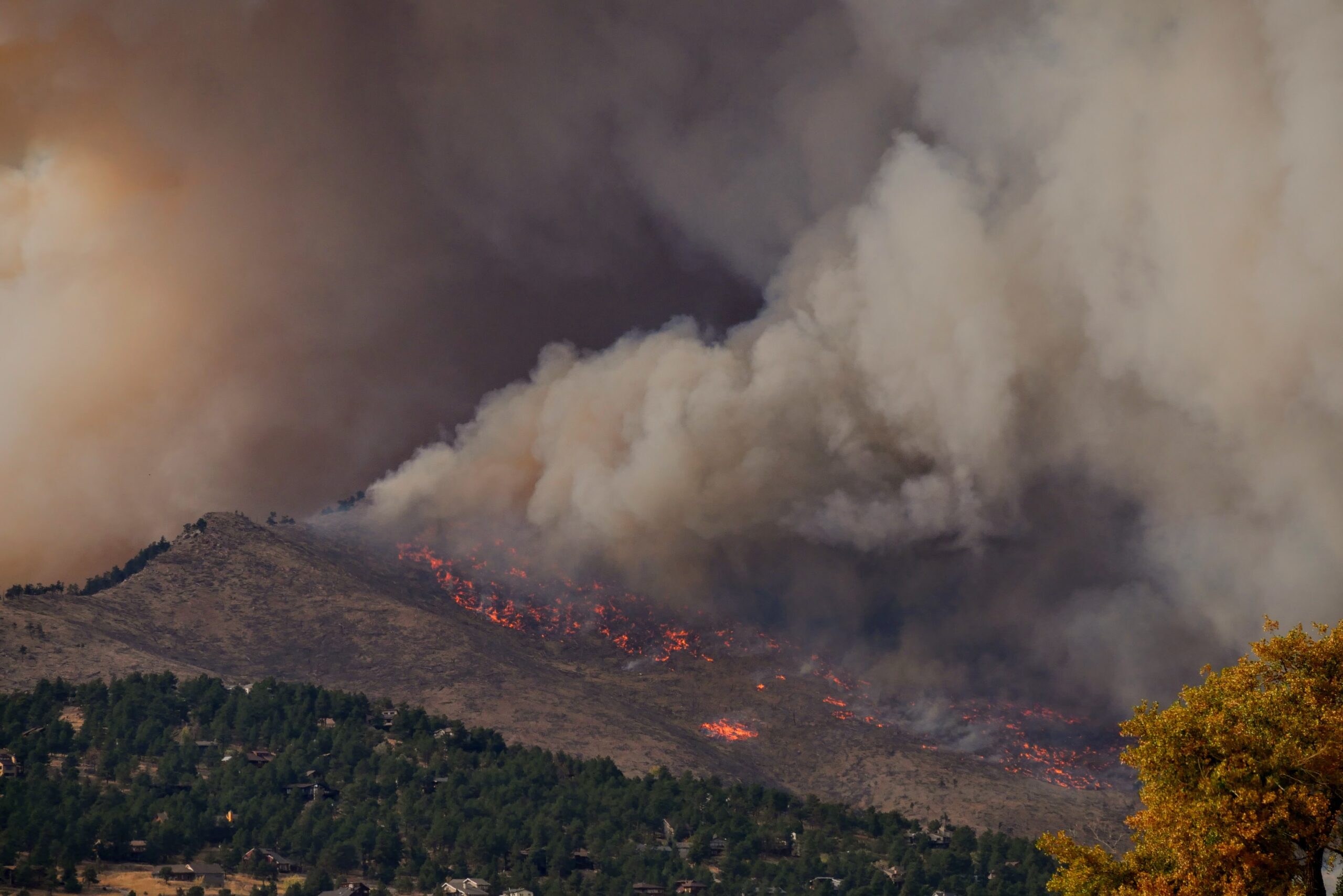Pollution from wildfires constitutes a growing source of poor air quality globally. To protect health, governments largely rely on citizens to limit their own wildfire smoke exposures, but the effectiveness of this strategy is hard to observe. Using data from private pollution sensors, cell phones, social media posts and internet search activity, we find that during large wildfire smoke events, individuals in wealthy locations increasingly search for information about air quality and health protection, stay at home more and are unhappier. Residents of lower-income neighbourhoods exhibit similar patterns in searches for air quality information but not for health protection, spend less time at home and have more muted sentiment responses. During smoke events, indoor particulate matter (PM2.5) concentrations often remain 3–4× above health-based guidelines and vary by 20× between neighbouring households. Our results suggest that policy reliance on self-protection to mitigate smoke health risks will have modest and unequal benefits.





